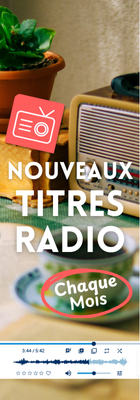|
|
 |
|
|
 |
| Rendez visite à nos partenaires : |
 | | | |
|
 |
 Abréviations Abréviations
| Notion |
Cari |
| Catalan (ca) |
carilló |
| Allemand (de) |
Carillon |
| Anglais (en) |
carillon |
| Espagnol (es) |
carillón |
| Finnois (fi) |
carillon |
| Français (fr) |
carillon |
| Irlandais (ga) |
clogra |
| Hongrois (hu) |
carillon |
| Néerlandais (nl) |
beiaard |
| Polonais (pl) |
carillon |
| Portugais (pt) |
carrilhão |
| Suédois (sv) |
klockspel |
| Information complémentaire/synonymes |
A carillon is a musical instrument that is typically housed in the bell tower (belfry) of a church or municipal building. The instrument consists of at least 23 cast bronze, cup-shaped bells, which are played serially to produce a melody, or sounded together to play a chord. A traditional manual carillon is played by striking a keyboard — the stick-like keys of which are called batons — with the fists, and by pressing the keys of a pedal keyboard with the feet. The keys mechanically activate levers and wires that connect to metal clappers that strike the inside of the bells, allowing the performer on the bells, or carillonneur/carillonist to vary the intensity of the note according to the force applied to the key.
In German, a carillon is also called a "Glockenspiel"; while the percussion instrument called a "glockenspiel" by English speakers is often called a "carillon" in French.
Source: Wikipedia |
| Œuvres comportant "Cari" dans l'instrumentation |
cliquer ici |
| Œuvres comportant "Cari" dans l'instrumentation/les informations |
cliquer ici |
| Œuvres comportant "Cari" dans le format |
cliquer ici |
| Œuvres comportant "Cari" dans les informations complémentaires/le contenu |
cliquer ici |
| Œuvres comportant "Cari" dans le texte complémentaire |
cliquer ici |
| Livres comportant "Cari" dans les informations complémentaires/le contenu |
cliquer ici |
| Livres comportant "Cari" dans le texte complémentaire |
cliquer ici |
| Compositeurs comportant "Cari" dans le texte complémentaire |
cliquer ici |
| Notions comportant "Cari" dans la définition |
cliquer ici |
|
|
|
|
|
 |
|
